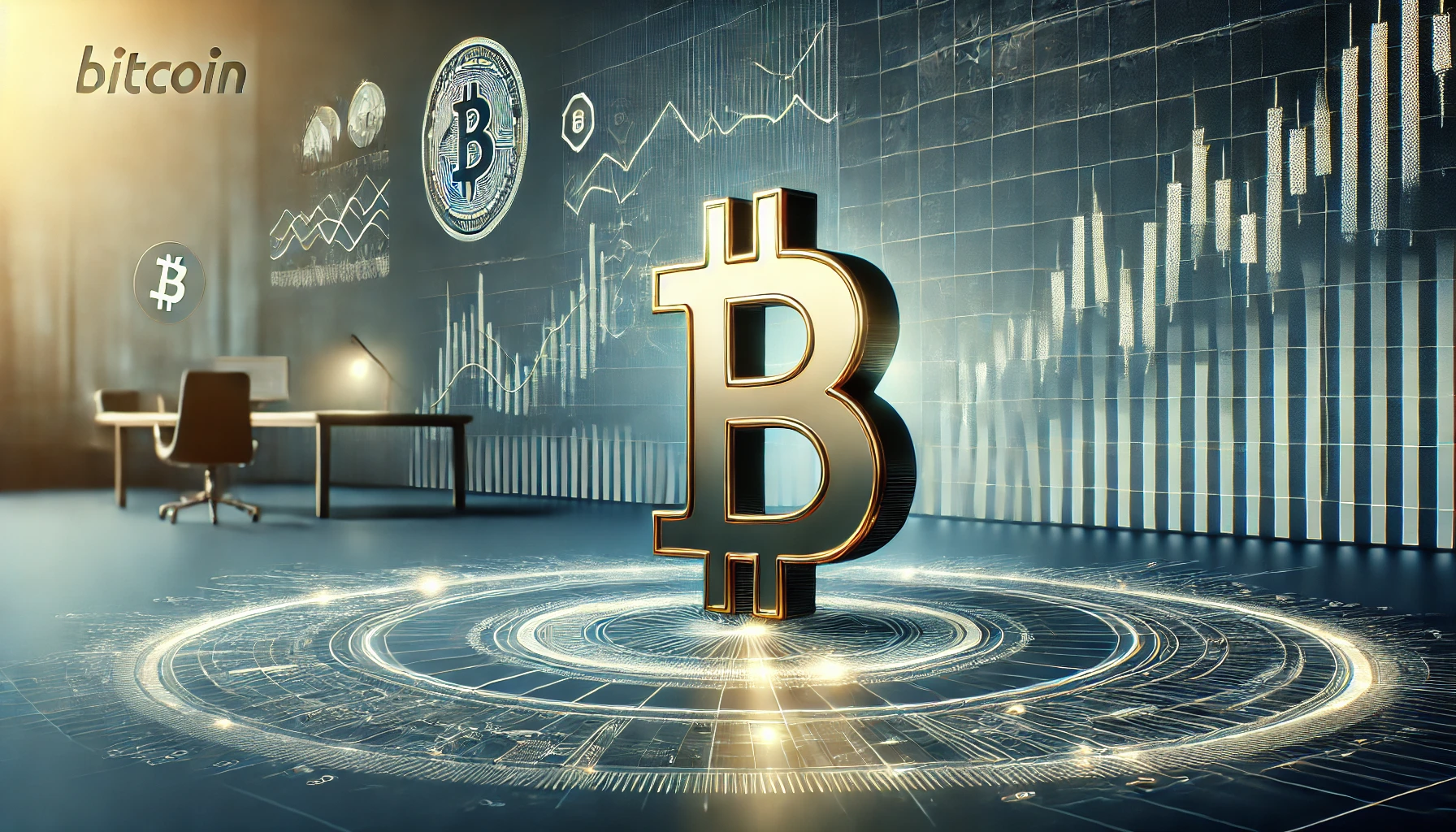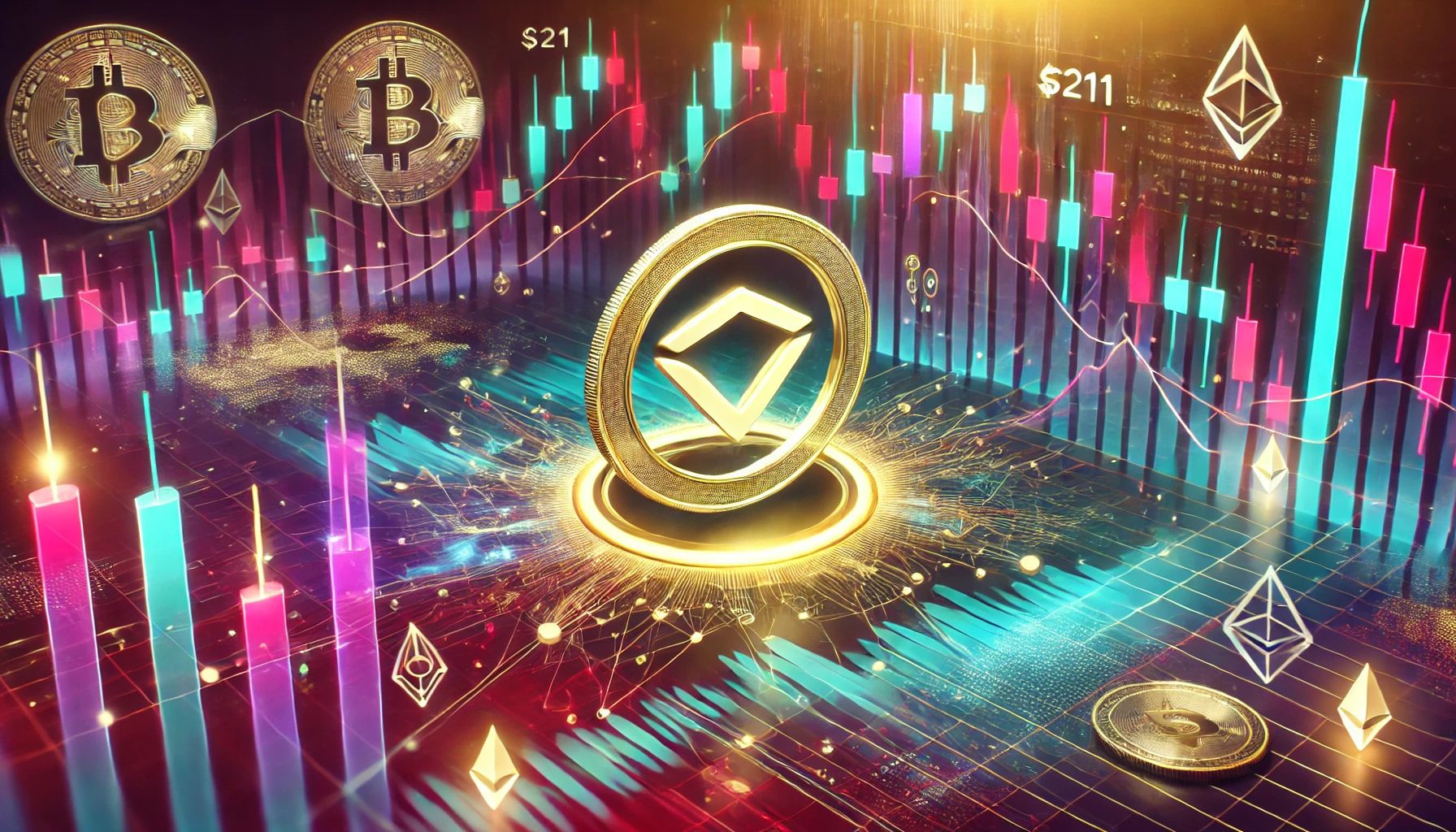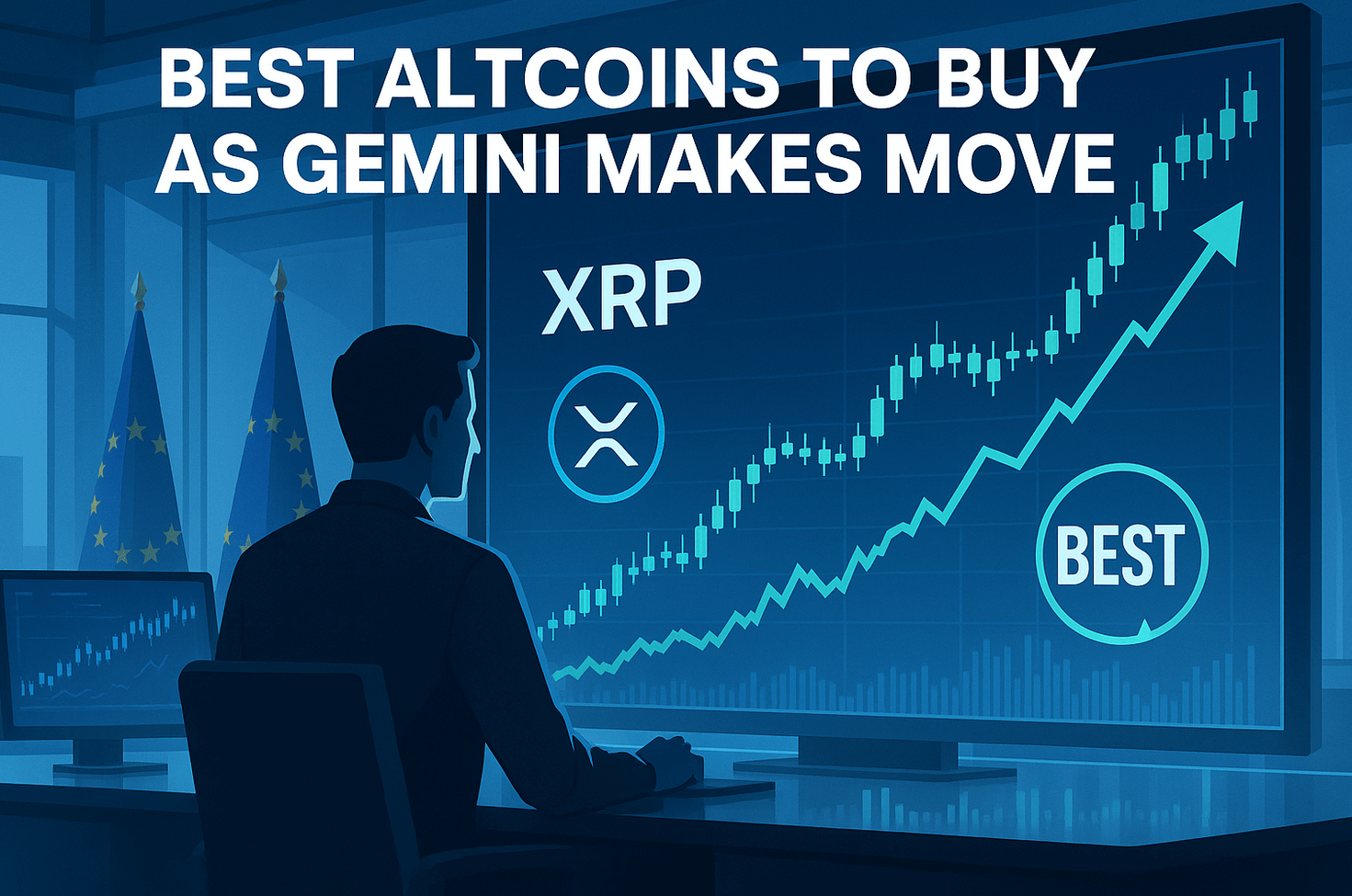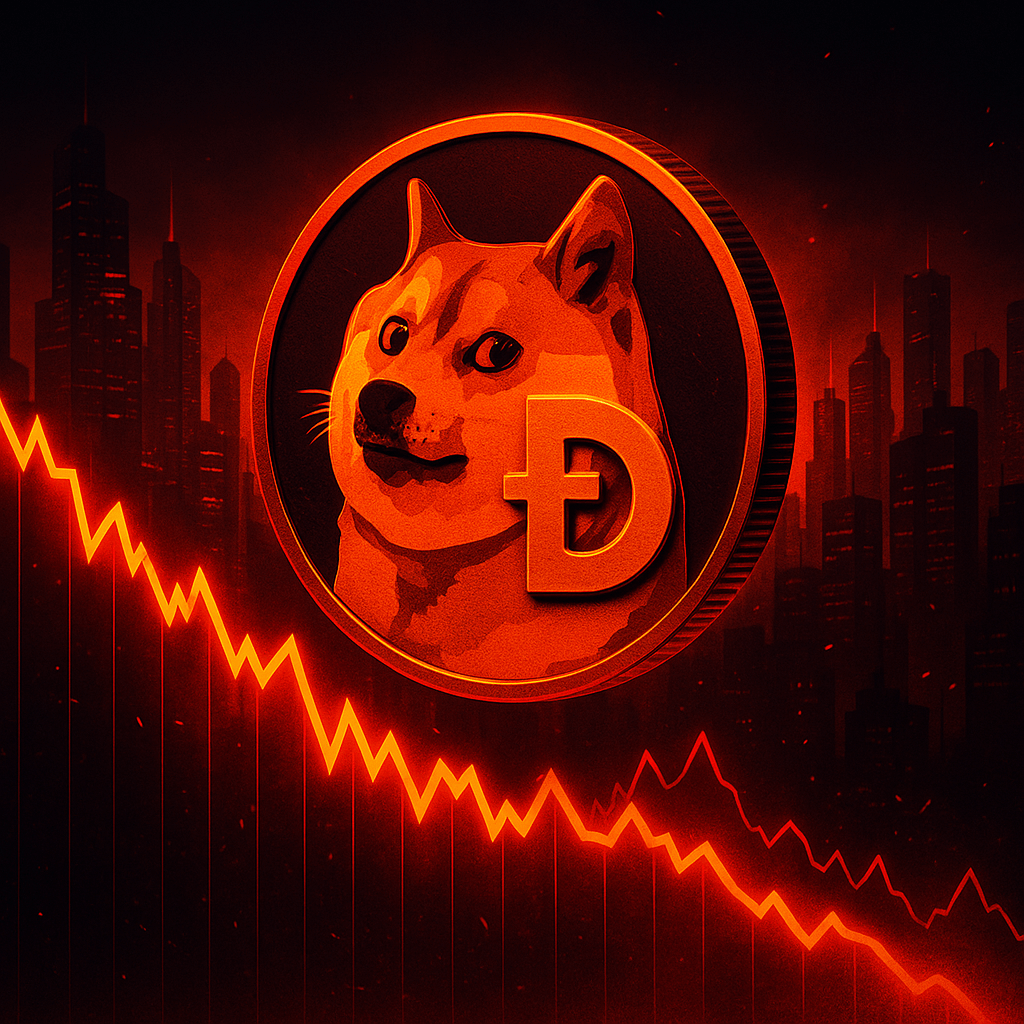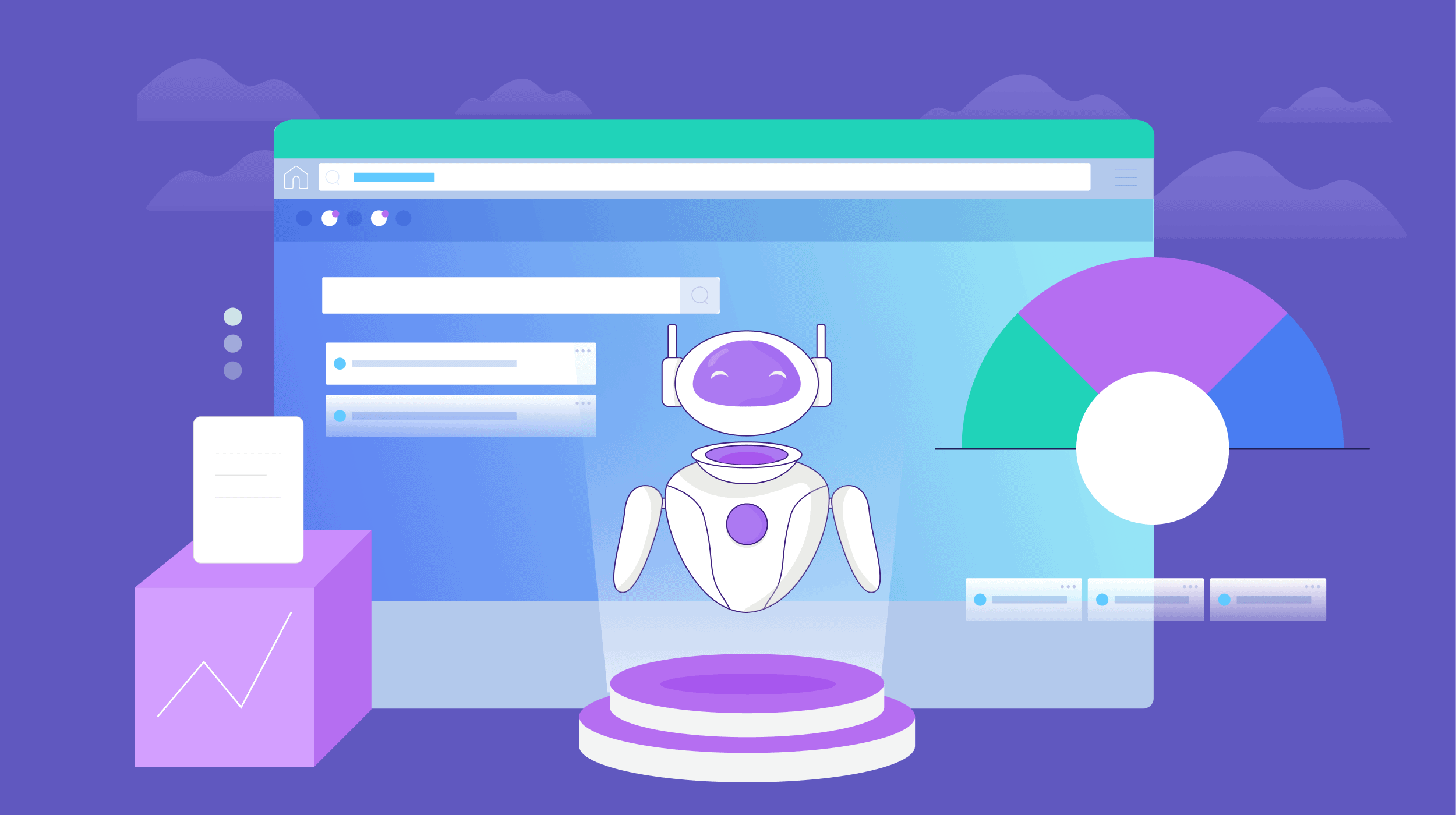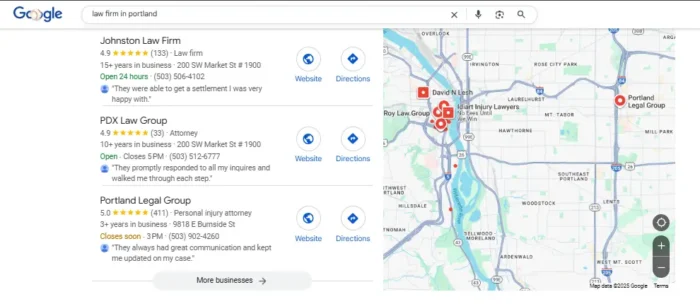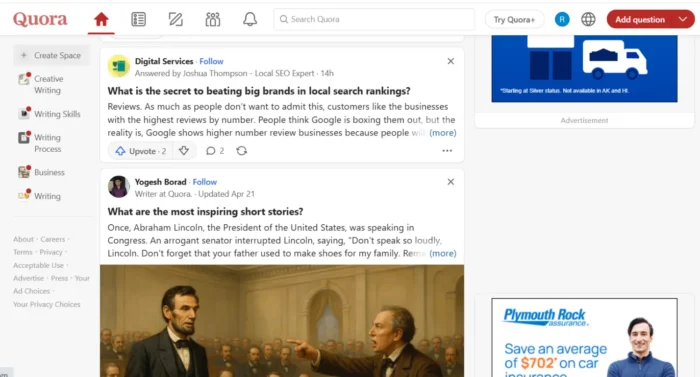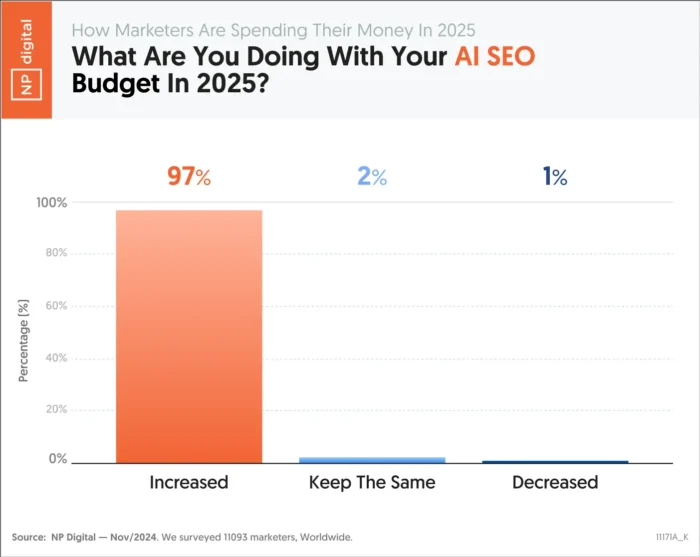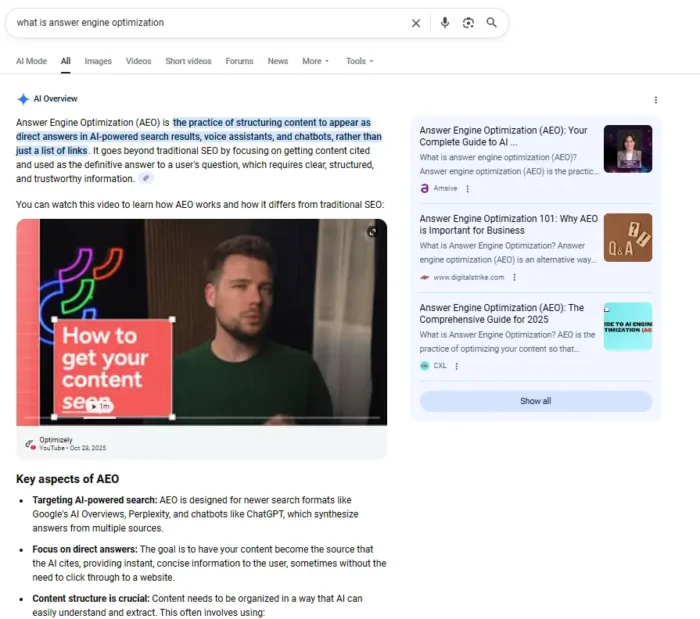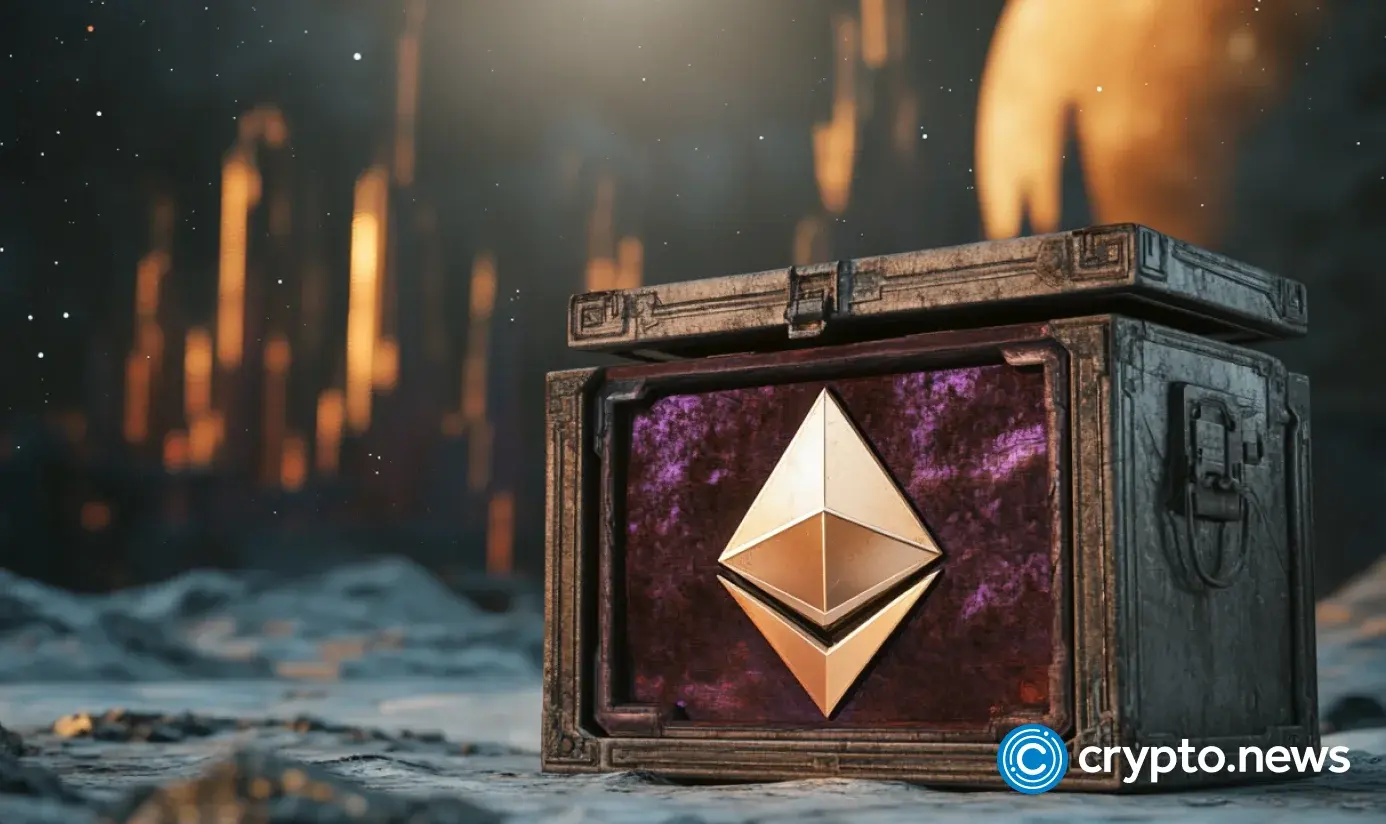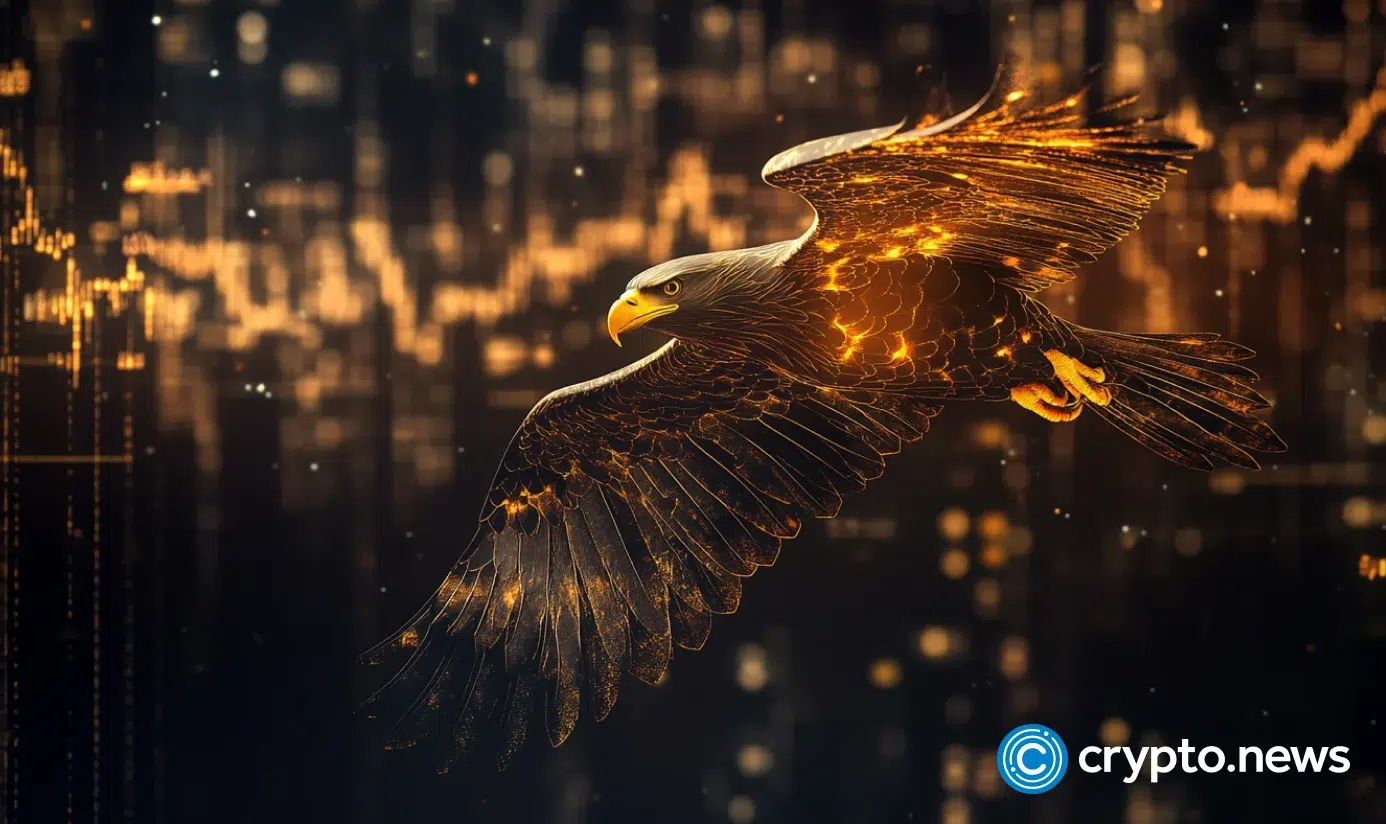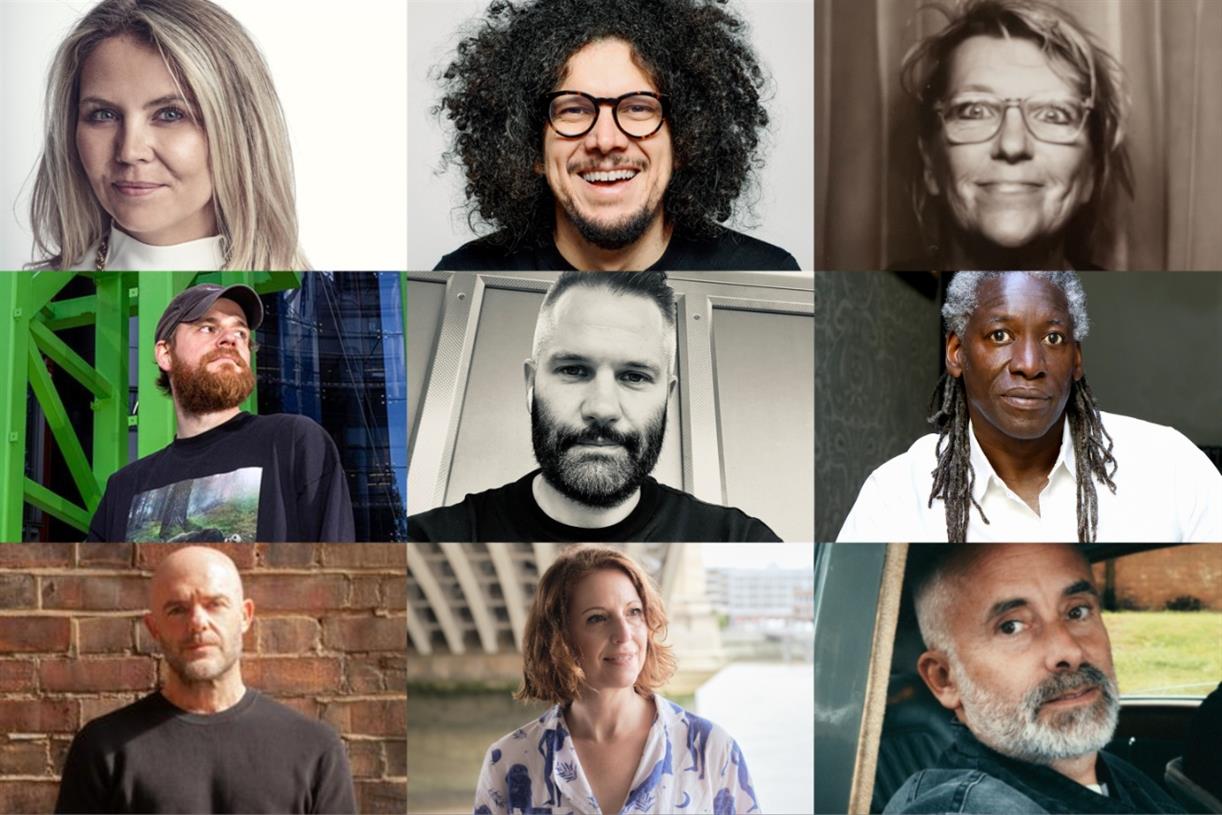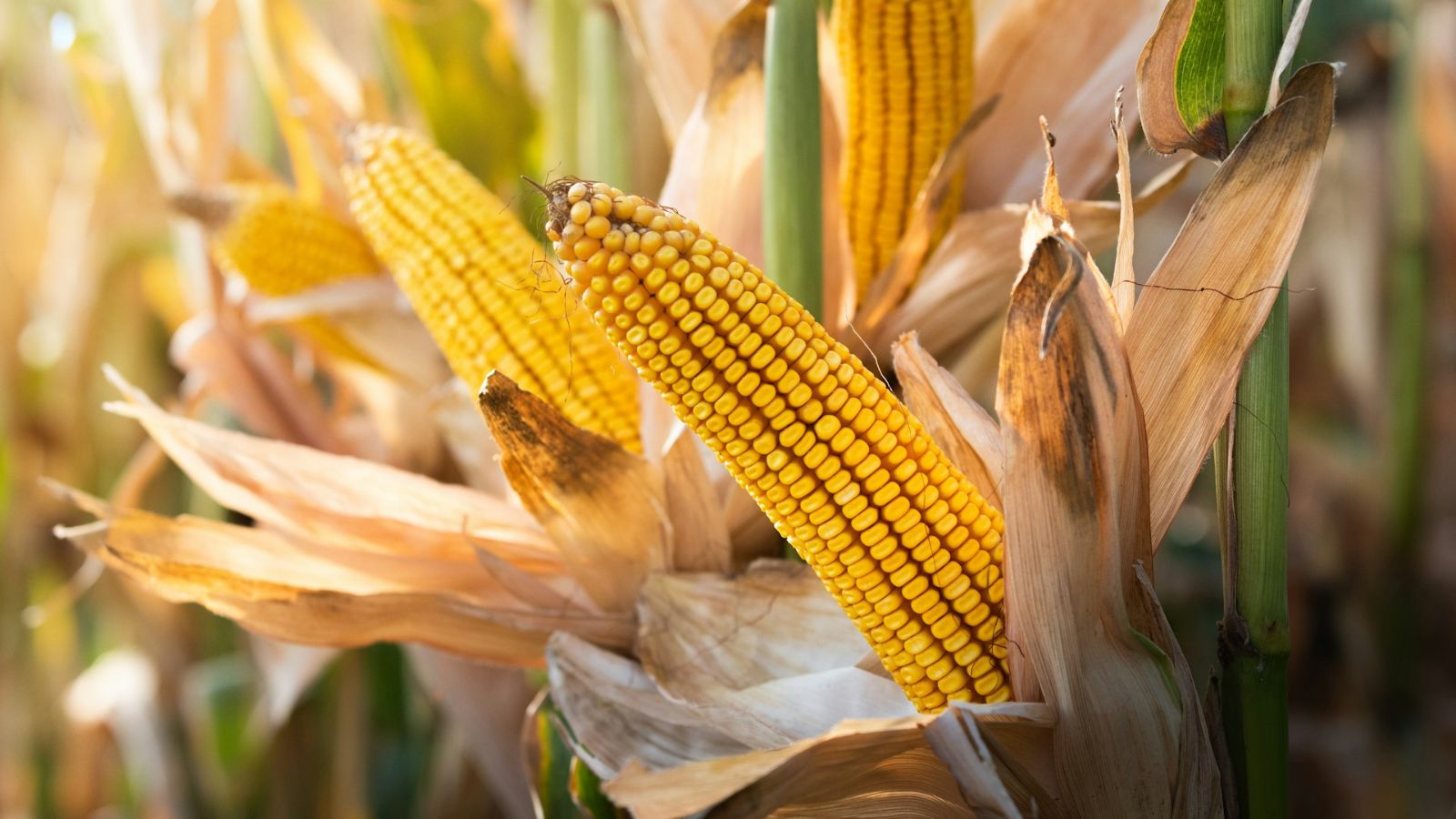OpenAI might start watermarking ChatGPT images — but only for free users
According to its Android app, OpenAI could be working on a watermarking feature for ChatGPT-generated images.

 OpenAI
OpenAI
Everyone has been talking about ChatGPT’s new image-generation feature lately, and it seems the excitement isn’t over yet. As always, people have been poking around inside the company’s apps and this time, they’ve found mentions of a watermark feature for generated images.
Spotted by X user Tibor Blaho, the line of code image_gen_watermark_for_free seems to suggest that the feature would only slap watermarks on images generated by free users — giving them yet another incentive to upgrade to a paid subscription.
This isn’t the first time OpenAI has played around with the idea of watermarks, however. Reports last year revealed that the company had developed a tool for watermarking AI-generated text as well, but ultimately didn’t release it.
This decision was criticized by many since it appeared to put profits ahead of responsible conduct — watermarking would help keep AI-generated content from appearing in places it shouldn’t be, but if people can’t use the product freely, they’re more likely to lose interest in it.
Watermarking images generated by free users, on the other hand — well, that could have a positive impact on profits if handled correctly. There’s no saying yet whether this feature will see the light of day, but users could have plenty to say about it if it does.
The most important thing is how these watermarks look — the term itself suggests text or logos would be overlayed on top of the image, but that might not be the case. Google’s watermarking system for AI images, for example, isn’t visible to humans. It tweaks a small number of pixels to make a pattern for watermark detection tools to find.
 Google
GoogleThis kind of approach is useful on multiple fronts — it doesn’t spoil the image for human viewers and it’s also harder to remove the watermark by cropping, adjusting, or photoshopping the image.
It would certainly keep free users happier — but on the other hand, the decision to remove it for paid users would seem weirder. If the images look the same either way, then the only benefit paid users would get from losing the watermark is the ability to try and pass their AI-generated images off as human-made or as real photographs. And if that doesn’t sound dodgy, I don’t know what does.
This is all speculation, though — there are no details available about this potential feature and OpenAI might never release it anyway. Perhaps if enough people ask Sam Altman about it on X, he’ll respond.
Willow Roberts has been a Computing Writer at Digital Trends for a year and has been writing for about a decade. She has a…
3 open source AI apps you can use to replace your ChatGPT subscription

The next leg of the AI race is on, and has expanded beyond the usual players, such as OpenAI, Google, Meta, and Microsoft. In addition to the dominance of the tech giants, more open-source options have now taken to the spotlight with a new focus in the AI arena.
Various brands, such as DeepSeek, Alibaba, and Baidu, have demonstrated that AI functions can be developed and executed at a fraction of the cost. They have also navigated securing solid business partnerships and deciding or continuing to provide AI products to consumers as free or low-cost, open source models, while larger companies double down on a proprietary, for-profit trajectory, hiding their best features behind a paywall.
OpenAI’s ‘GPUs are melting’ over Ghibli trend, places limits for paid users
OpenAI has enforced temporary rate limits on image generation using the latest GPT-4o model after the internet was hit with a tsunami of images recreated in a style inspired by Studio Ghibli. The announcement comes just a day after OpenAI stripped free ChatGPT users of the ability to generate images with its new model.
OpenAI's co-founder and CEO Sam Altman said the trend was straining OpenAI's server architecture and suggested the load may be warming it up too much. Altman posted on X that while "it's super fun" to witness the internet being painted in art inspired by the classic Japanese animation studio, the surge in image generation could be "melting" GPUs at OpenAI's data centers. Altman, of course, means that figuratively -- we hope!
OpenAI halts free GPT-4o image generation after Studio Ghibli viral trend
After only one day, OpenAI has put a halt on the free version of its in-app image generator, powered by the GPT-4o reasoning model. The update is intended to improve realism in images and text in AI-generated context; however, users have already created a runaway trend that has caused the AI company to rethink its rollout strategy.
Not long after the update became available on ChatGPT, users began sharing images they had fashioned to social media platforms in the style of Studio Ghibli, the popular Japanese animation studio. Creations ranged from Studio Ghibli-based personal family photos to iconic scenes from the 2024 Paris Olympics, scenes from movies including “The Godfather” and “Star Wars”, and internet memes including distracted boyfriend and disaster girl.

 Koichiko
Koichiko 












/cdn.vox-cdn.com/uploads/chorus_asset/file/25357667/STK259_MICROSOFT_COPILOT_2__B.png)
